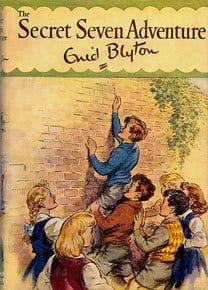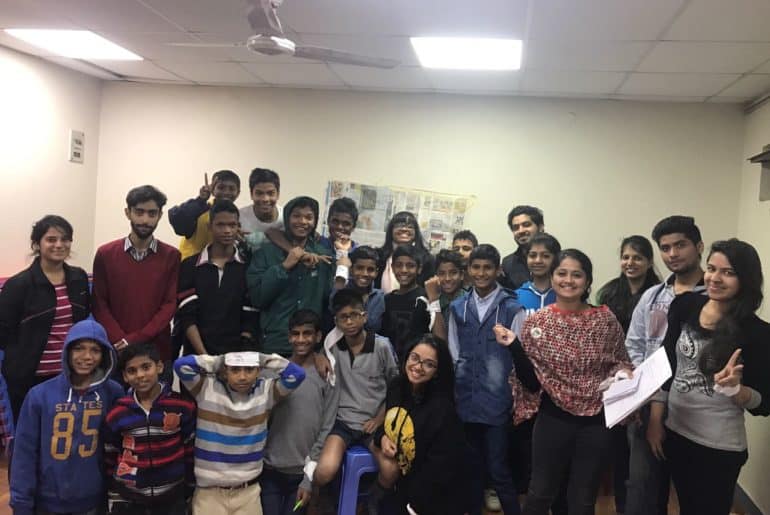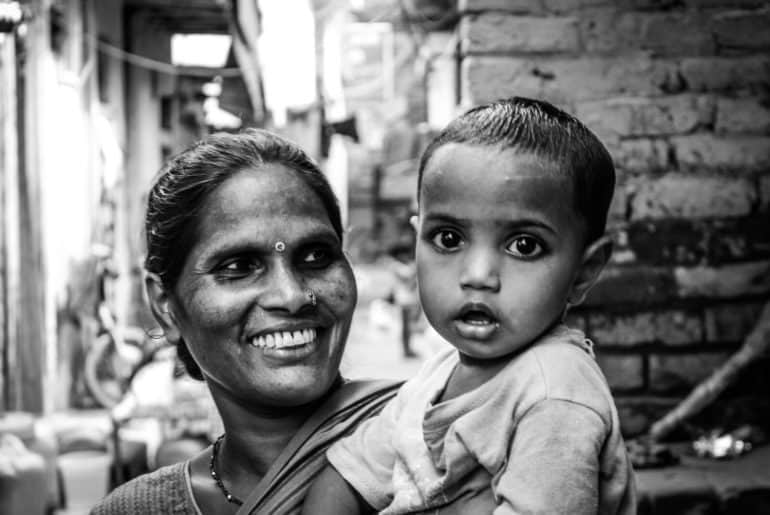The world has started seeing a rise in parents adopting the method of homeschooling their kids. Let us understand what it actually is and how it functions.
Homeschooling is a method of schooling adopted by numerous parents across the globe where they choose to educate their children at home instead of sending them to traditional public or private institutions.
Parents follow this route for a variety of reasons like dissatisfaction with the traditional curriculum and methods of teachings at school, lack of progress of their children among others. Padmashree Tapepalli, an education consultant while discussing the reasons which led her to homeschool her kids said, “In a class of 30 students, you can’t expect a teacher to teach according to the need of each of them. She can only follow a single method of teaching within a stipulated time given to her. So, it’s obvious that every child doesn’t get individual attention.”
Though homeschooling has become a common phenomenon in many countries, it is still emerging in India. There is an absolute lack of awareness regarding the method in the country. Government of India doesn’t legally allow homeschooling, but on the other hand, if someone wishes to take his/her kid out of school and homeschool them, the government wouldn’t interfere. Thus, this confusing contradiction has restricted its proliferation even further in India.
Homeschooling has resulted in some shining examples. Sahal Kaushik cracked IIT JEE, at the age of 14 with AIR 33. He was also the first rank holder in Delhi. He was homeschooled by his mother who quit her job as a doctor to focus on her son’s education.
Homeschooling offers a variety of advantages. It opens the possibility of a plethora of innovative learning ideas. Unlike schools, it provides flexible learning timings and atmosphere. Instead of getting mixed in the crowd of numerous students, the child gets undivided focus. Thus, individual student needs can be fulfilled. Apart from learning experiences, it helps strengthen the bond between the parents and the children which otherwise gets weakened due to lack of time spent with each other.
But, homeschooling has also met with certain apprehensions from various corners. Some people strongly object the concept of homeschooling and argue that schools aren’t just about academics but they also inculcate confidence and life skills.
Tania Joshi, Principal of The Indian School said, “As a concept, homeschooling is more popular in the US. In the Indian context, it seems difficult. I do not recommend it. If a parent opts for homeschooling, they have to be of a level where they can match the capacity of three to four individual teachers in a school. Teaching a child is not an easy job and unlike a school, a home does not have the resources.”
Minimal interaction with the outside world and lack of capability among parents to teach their kids distinct subjects are some of the drawbacks of homeschooling.
Homeschooling, as a concept holds immense potential with few cons here and there. Careful regulation and fulfilling the shortcomings might do wonders if homeschooling is adopted as seen in various cases.
Feature Image Credits: Towards Parenthood
Shreya Agrawal






